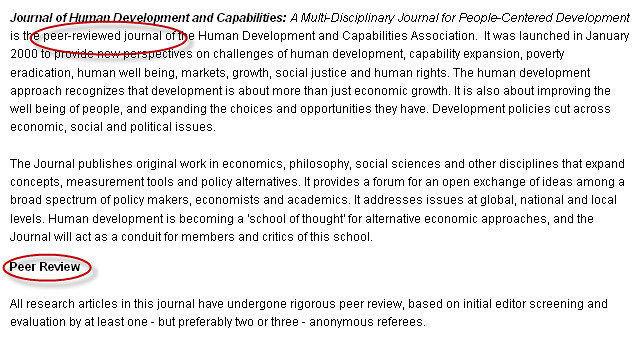- Borrow & Request
- Collections
- Help
- Meet & Study Here
- Tech & Print
- About
Original Research Article — Most often published in peer reviewed journals, original research articles report on the findings of a scientist's work or experiment. They will almost always include a description of how the research was done and what the results mean.
Review articles — Published in peer reviewed journals, but seek to synthesize and summarize the work of a particular sub-field, rather than report on new results. Can provide helpful background information.
Case report — An article detailing symptoms, signs, diagnosis, treatment, etc., of a specific individual or small group of patients. Can include a literature review. Most often published in peer reviewed journals (but not always).
Editorials/Opinion/Commentary/Perspectives — An article expressing the author's view about a particular issue. These articles can be well researched and include a lot of citations to the peer reviewed literature, or simple items without citations, but are not themselves peer reviewed.
Brief Communications or News — Science news articles can be found in a wide variety of publications. Popular newspapers and magazines, trade publications and scholarly publications can all have science news articles. These articles often will refer to a recent study published as a primary research article. These articles are typically short and written in language a general audience can understand.
One of the best places to find out if a journal is peer-reviewed is to go to the journal's website (just Google the journal title).
Most publishers have a website for a journal that tells you about the journal, how authors can submit an article, and what the process is for getting published.
On the journal's website, look for the link that says "information for authors," "instructions for authors," "submitting an article" or something similar. Then look for the term "peer-reviewed" in the description of the journal.

Date submitted and accepted information is easiest to find if you open the PDF. Usually this information will be in the bottom corner of the first page of the article.

Journal title, volume, issue, and page number information are often found at either the top or the bottom of the first page of the article:

Title Tips: Sometimes the journal title doesn't have the word "journal" in it. The journal title is usually in the center of the page.
Volume Tips: The volume is usually the first number listed (i.e., before the issue number).
Issue Tips: The issue number is usually the second number listed. However, some journals don't assign issue numbers. In that case, just write not available or NA.
Page Number Tips: The page numbers usually are listed as a range, from the starting page to the ending page. However, if a journal is only published online, sometimes there is just one number, and it often starts with an e. For example, e108287.
 This work is licensed under a Creative Commons Attribution NonCommercial 4.0 International License. | Details of our policy
This work is licensed under a Creative Commons Attribution NonCommercial 4.0 International License. | Details of our policy
121 The Valley Library
Corvallis OR 97331–4501
Phone: 541-737-3331